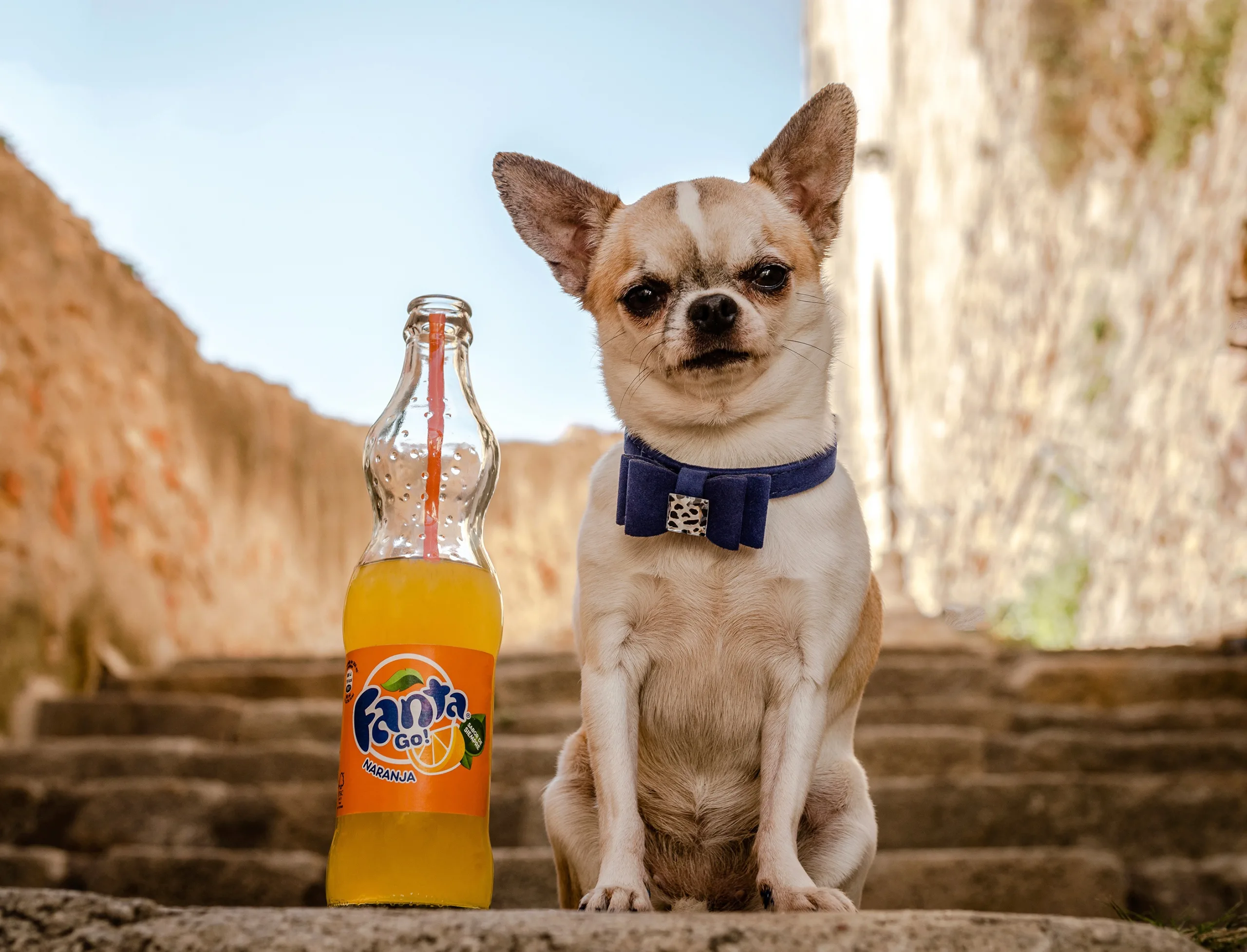In the realm of soft drinks, few brands boast a history as tumultuous and fascinating as that of Fanta. Originally developed in Germany during World War II, Fanta’s origin story is a testament to the resilience of innovation in the face of adversity. As consumers around the globe sip this fruity beverage today, many remain unaware of the intricate narrative that led to its creation, entwined with the geopolitical climate of the 20th century.
The year was 1940, and Nazi Germany was entrenched in conflict. With the Allies tightening their grip on resources, Coca-Cola, the iconic American beverage brand, found itself facing significant challenges in its operations in Germany. The main ingredient for Coca-Cola—sugar—was in short supply, and the company struggled to maintain production of its flagship product.
Faced with dwindling resources and a desire to keep the business afloat, Max Keith, the head of Coca-Cola’s German branch, devised a plan. Instead of succumbing to the pressures of war, he embraced innovation, leading to the development of a new soft drink that would eventually come to be known as Fanta.
Max Keith’s team set out to create a beverage that utilized local ingredients readily available in Germany. The name “Fanta” was derived from the German word “fantasie,” which means imagination. The initial formula was a blend of whey, apple pomace, and various flavoring agents. The drink’s unique taste quickly gained popularity among the German populace, who found it to be a refreshing alternative in a time of scarcity.
As World War II progressed, Fanta began to gain traction not just within Germany but also in occupied territories. The drink’s appeal transcended borders, as it provided a sense of normalcy amidst the chaos of war. By the end of the conflict, Fanta had evolved into a symbol of resilience and creativity.
With the war’s conclusion in 1945, the Coca-Cola Company reestablished its presence in Germany and sought to revitalize its brand. Fanta, having gained a loyal following, was retained in the product lineup. However, its flavor profile underwent significant changes. In the 1950s, the drink was reformulated to include citrus flavors, primarily orange, which contributed to its explosive growth in popularity across Europe.
The 1960s marked a turning point for Fanta as it began to expand internationally. Marketing campaigns highlighted the drink’s fun, vibrant image, appealing to younger audiences. This strategy paid off, as Fanta became synonymous with youthful exuberance, further embedding itself in popular culture.
As Fanta spread across continents, it adapted to various local tastes. In Brazil, for instance, the drink became known for its guaraná flavor, a reflection of the country’s rich biodiversity. Similarly, in the Middle East, Fanta was infused with pomegranate, while in Asia, lychee and mango flavors became popular. This adaptability solidified Fanta’s status as a global brand, appealing to diverse palates and cultural preferences.
Throughout the decades, Fanta’s marketing strategies have been as diverse as its flavors. The brand has leveraged a variety of advertising channels, from television commercials to social media campaigns. Iconic slogans like “Fanta, Fanta, don’t you wanna?” have permeated popular culture, further ingraining the drink in the collective consciousness.
In recent years, Fanta has also embraced the digital age, engaging consumers through interactive campaigns and influencer partnerships. The brand’s focus on social media has allowed it to connect with a younger audience, fostering a sense of community among Fanta enthusiasts.
As the global market continues to evolve, Fanta has made strides toward sustainability. The Coca-Cola Company has committed to reducing plastic waste and increasing the use of recyclable materials in its packaging. Fanta has also focused on creating healthier beverage options, responding to growing consumer demand for low-sugar and natural products.
Innovation remains at the forefront of Fanta’s mission, with new flavors regularly introduced to entice adventurous consumers. Collaborations with popular food brands and local festivals showcase Fanta’s commitment to staying relevant in a fast-paced market.
Today, Fanta is more than just a soft drink; it is a testament to the power of creativity and adaptability. Its history, steeped in the complexities of war and cultural shifts, highlights the resilience of both a brand and its consumers. Fanta’s journey from a wartime necessity to a beloved global beverage illustrates how even in the darkest times, innovation can flourish.
As we raise our cans and bottles of Fanta, we celebrate not only the flavors that tantalize our taste buds but also the rich history that brought this drink to life. From its humble beginnings in wartime Germany to its current status as a favorite among millions, Fanta is a reminder of how history shapes our everyday experiences, often in the most unexpected ways.
Fanta’s journey from a wartime creation to a beloved global brand encapsulates a narrative rich with resilience, innovation, and cultural adaptation. Its origins, rooted in scarcity and necessity, transformed into a symbol of creativity during one of history’s most challenging periods.
